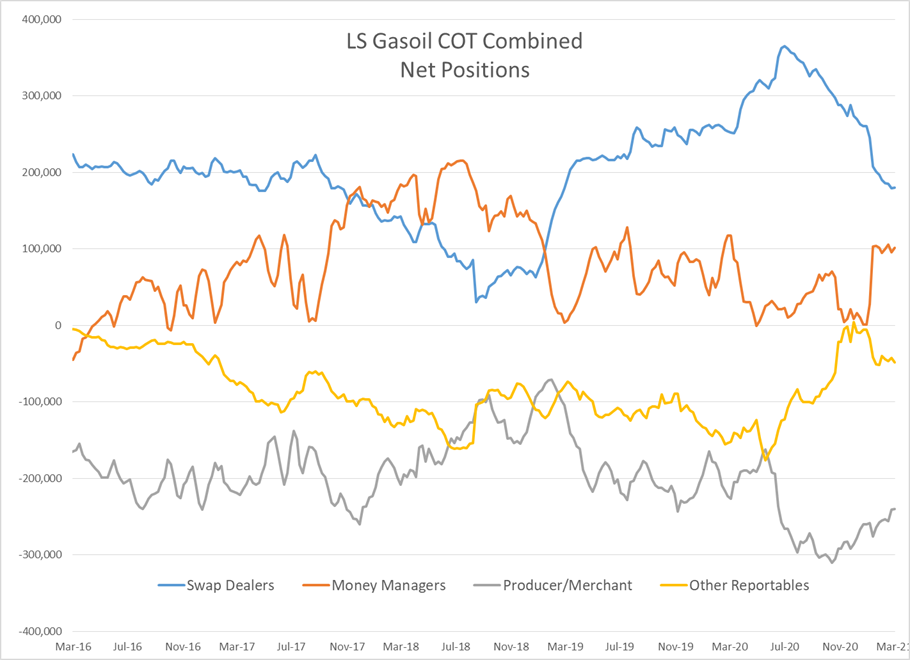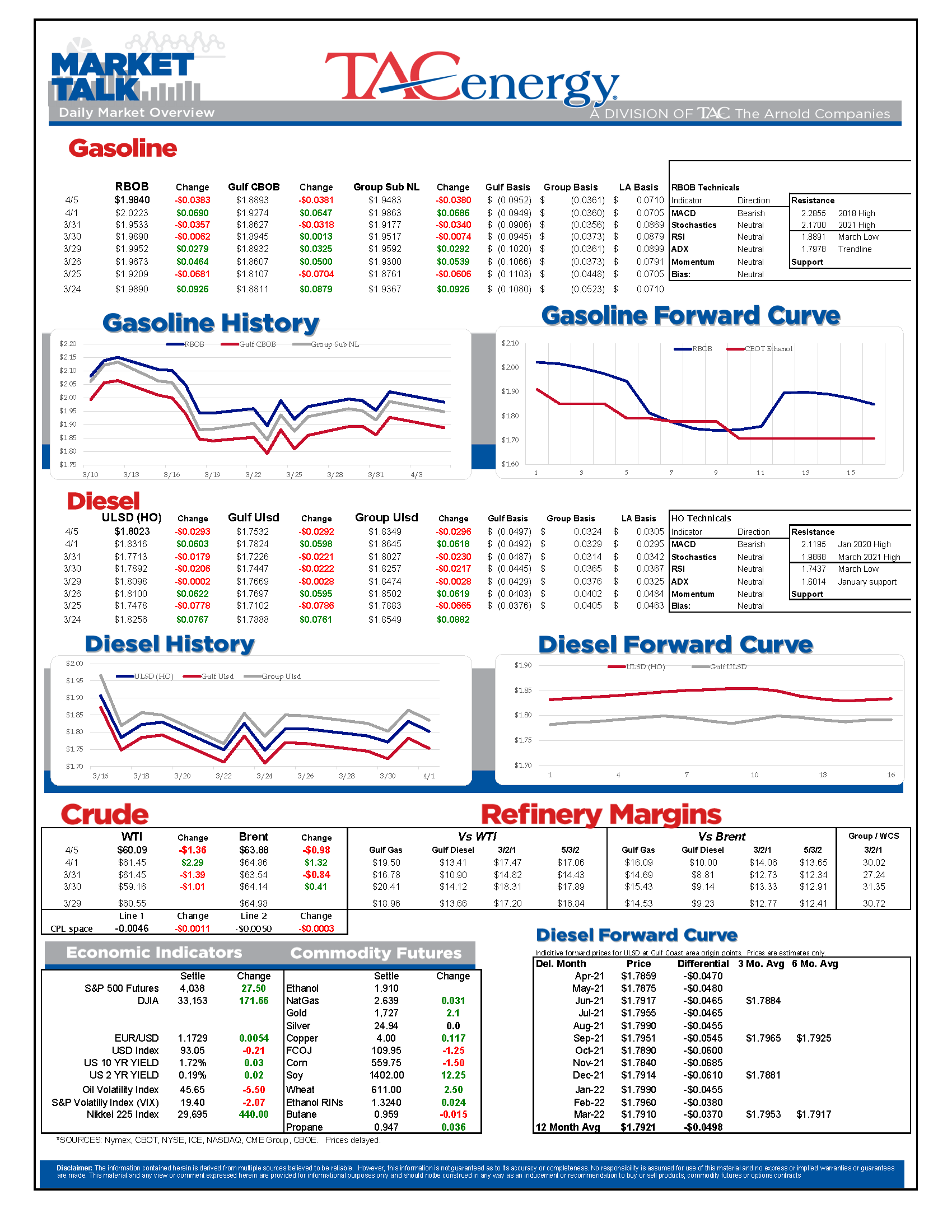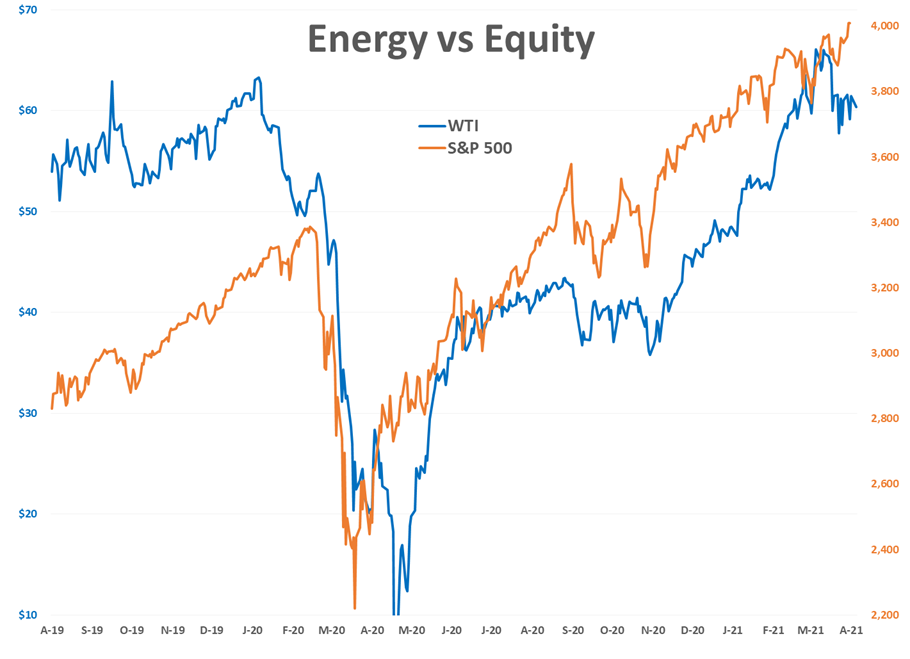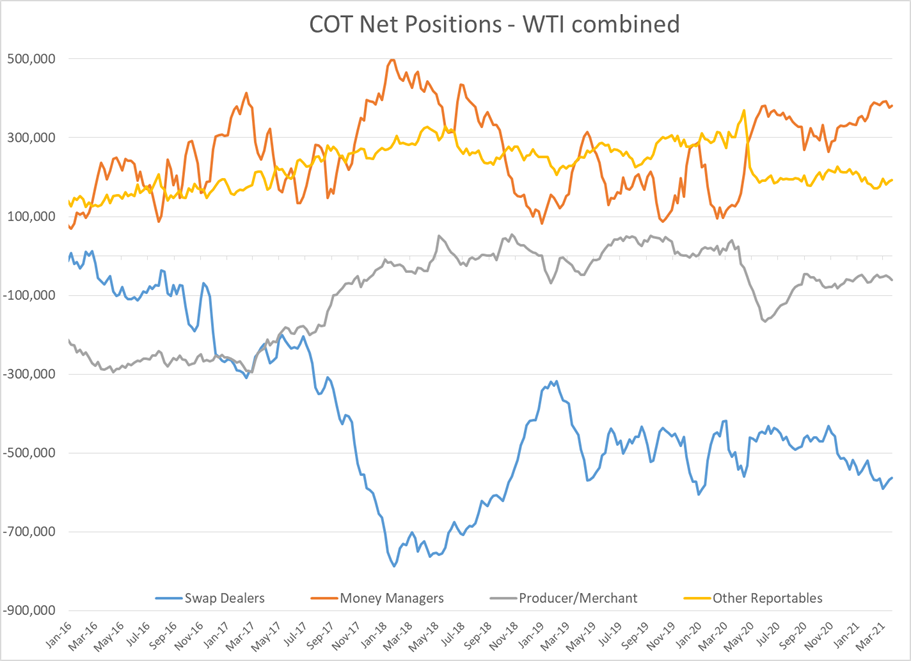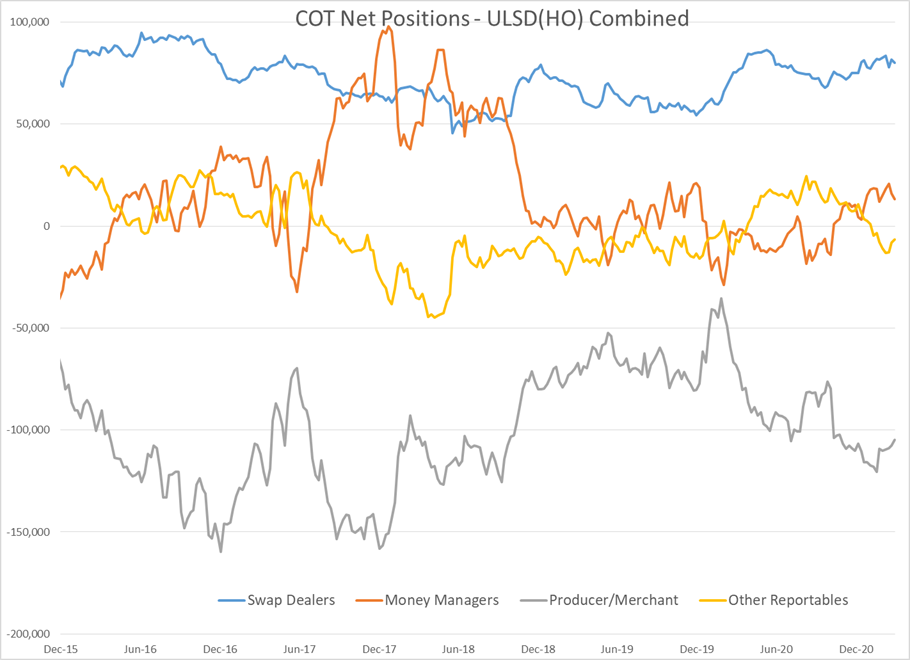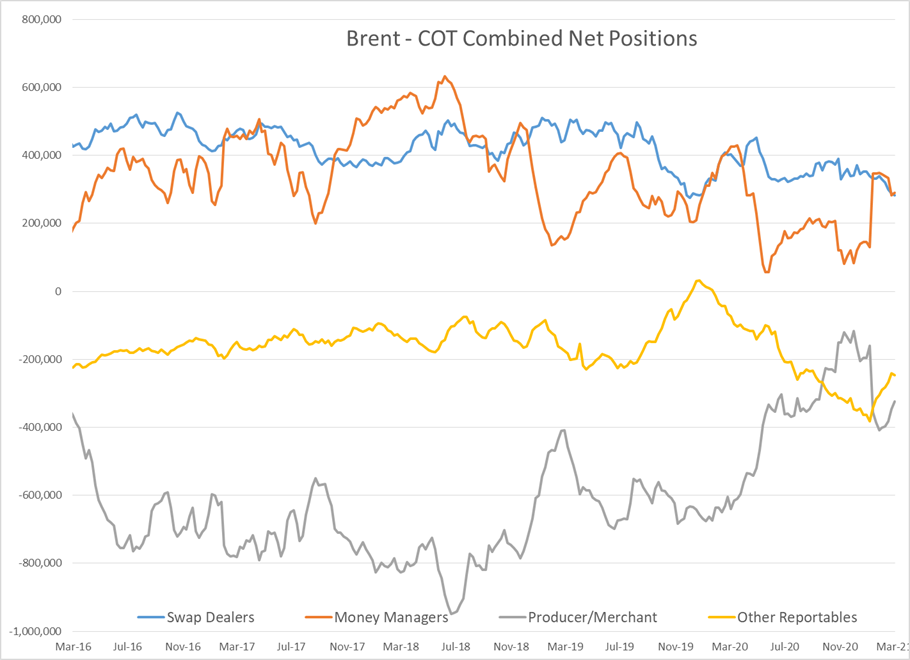Pre-Holiday Gains Wiped Out After Post-Holiday Trading

The rollercoaster ride continues for energy markets as big pre-holiday gains were wiped out in the first few hours of post-holiday trading, only to see refined product prices bounce three cents in the past hour.
While energy markets continue to swing back and forth, equity markets are pointed sharply higher with the DJIA and S&P 500 both pointing to record highs this morning, celebrating a strong March jobs report, which wasn’t too strong as to encourage the FED to think about raising rates.
OPEC and its allies agreed to a gradual increase in production last week, predicting stronger demand this summer while trying to avoid flooding the market too soon. That announcement was seen as bullish since the cartel was showing restraint and not returning more of its idle capacity to the market even with prices back to pre-COVID highs.
The U.S. and Iran are returning to the negotiating table, via intermediaries, for the first time in three years. That slight bit of progress is getting some credit for the early wave of selling since it could eventually lead to more Iranian crude hitting the market that’s trapped by sanctions today.
Baker Hughes reported an increase of 13 drilling rigs last week as the industry continues its slow and steady recovery. Unlike most weeks where the Permian basin accounts for the majority of the drilling activity, last week the gains were spread out across numerous states like Colorado, Utah, Oklahoma, Pennsylvania, and offshore in Louisiana. Even though we’ve seen more than 150 rigs put back to work since the count bottomed out last summer, we’re still roughly 300 rigs shy of where we were pre-COVID, and just over the lowest levels from the previous oil price crash.
Money managers look like they weren’t enjoying the rollercoaster ride for energy prices, reducing their long and short positions across the board last week. There was more short covering in most contracts causing the net length held by the large speculators to increase slightly on the week for WTI and Brent.
There will be plenty of debate in the weeks ahead on the $2 trillion spending bill proposed, particularly around the renewable energy components included. Most of the funds so far seem focused on expanding capacity for renewable electricity generation and transmission, but expect transportation fuels to become part of the debate. The White House has already reportedly instructed the EPA to review whether fuels used to power EVs could qualify to generate RINs under the RFS, which will no doubt be hotly contested.
Click here to download a PDF of today's TACenergy Market Talk.
News & Views
View All
Energy Futures Are Caught Up In Headline Tug-O-War This Morning
Energy futures are caught up in headline tug-o-war this morning with Canadian oil production concerns and a positive US GDP report trying to push prices higher while sinking Chinese demand worries and Gaza ceasefire hopes are applying downward pressure. The latter two seem to be favored more so far this morning with WTI and Brent crude oil futures down ~45 cents per barrel, while gasoline and diesel prices are down about half a cent and two cents, respectively.
No news is good news? Chicago gasoline prices dropped nearly 30 cents yesterday, despite there not being any update on Exxon’s Joliet refinery after further damage was discovered Wednesday. Its tough to say if traders have realized the supply situation isn’t as bad as originally thought or if this historically volatile market is just being itself (aka ‘Chicago being Chicago’).
The rain isn’t letting up along the Texas Gulf Coast today and is forecasted to carry on through the weekend. While much of the greater Houston area is under flood watch, only two refineries are within the (more serious) flood warning area: Marathon’s Galveston Bay and Valero’s Texas City refineries. However, notification that more work is needed at Phillip’s 66 Borger refinery (up in the panhandle) is the only filing we’ve seen come through the TECQ, so far.
Premiums over the tariff on Colonial’s Line 1 (aka linespace value) returned to zero yesterday, and actually traded in the negatives, after its extended run of positive values atypical of this time of year. Line 1’s counterpart, Line 2, which carries distillates from Houston to Greensboro NC, has traded at a discount so far this year, due to the healthy, if not over-, supply of diesel along the eastern seaboard.
Click here to download a PDF of today's TACenergy Market Talk.

WTI And Brent Crude Oil Futures Are Trading ~$1.50 Per Barrel Lower In Pre-Market Trading
The across-the-board drawdown in national energy stockpiles, as reported by the Department of Energy yesterday, stoked bullish sentiment Wednesday and prompt month gasoline, diesel, and crude oil futures published gains on the day. Those gains are being given back this morning.
The surprise rate cut by the People’s Bank of China is being blamed for the selling we are seeing in energy markets this morning. While the interest rate drop in both short- and medium-term loans won’t likely affect energy prices outright, the concern lies in the overall economic health of the world’s second largest economy and crude oil consumer. Prompt month WTI and Brent crude oil futures are trading ~$1.50 per barrel lower in pre-market trading, gasoline and diesel are following suit, shaving off .0400-.0450 per gallon.
Chicagoland RBOB has maintained its 60-cent premium over New York prices through this morning and shows no sign of coming down any time soon. Quite the opposite in fact: the storm damage, which knocked Exxon Mobil’s Joliet refinery offline on 7/15, seems to be more extensive than initially thought, potentially extending the repair time and pushing back the expected return date.
There are three main refineries that feed the Chicago market, the impact from one of them shutting down abruptly can be seen in the charts derived from aforementioned data published by the DOE. Refinery throughput in PADD 2 dropped 183,000 barrels per day, driving gasoline stockpiles in the area down to a new 5-year seasonal low.
While it seems all is quiet on the Atlantic front (for now), America’s Refineryland is forecasted to receive non-stop rain and thunderstorms for the next four days. While it may not be as dramatic as a hurricane, flooding and power outages can shut down refineries, and cities for that matter, all the same, as we learned from Beryl.

